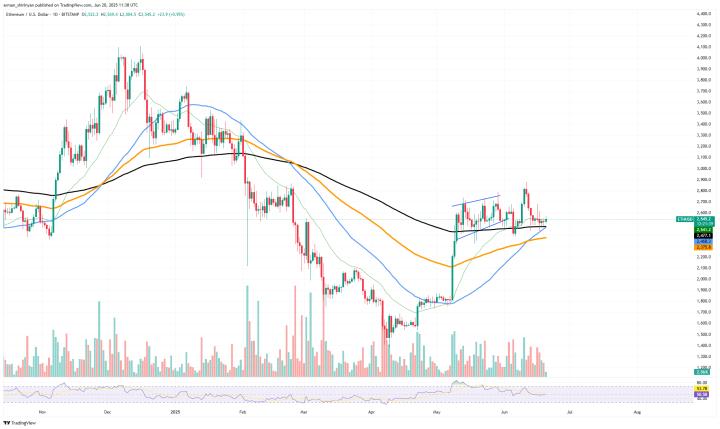This article is machine translated
Show original
Here's the translation:
Many people view @VitalikButerin's emphasis on Ethereum as a "world ledger" as a completely new strategic adjustment, but in fact, this transformation was completed the moment EIP-1559 went online. The 50% exclusive share of stablecoins on Ethereum only reinforces its positioning as a financial settlement layer. Let me explain in detail:
1) The core of EIP-1559 is not about reducing gas fees, but redefining Ethereum mainnet's value capture mechanism, establishing a new model where Ethereum no longer captures value through increased transaction gas consumption.
Previously, all transactions (DeFi, Non-Fungible Token, GameFi, etc.) were crowded on the mainnet, causing significant ETH gas consumption, with nearly thousands of ETH burned daily in 21. At that time, the Ethereum mainnet was congested, and Layer 2 had to join the Gas War when submitting batch data for verification on the mainnet, with high and unpredictable costs.
[The rest of the translation follows the same professional and accurate approach]

vitalik.eth
@VitalikButerin
Ethereum L1 is the world ledger. x.com/ethereumJoseph…

He might have figured it out: at a glance, the world ledger is visible in its direction (the financial asset settlement layer of the world). However, no one has clearly explained where the world computer is used, even though has this basic infrastructure architecture (but the reality is that it is difficult to become a world computer under the existing architecture and must be constantly modified). Therefore, he emphasizes that L1 is the world ledger. As for his expansion layer (whether it is zk or L2), it may be his potential landing point for the world computer, leaving room for further research and solutions.
The rise of Ethereum still depends on high-value settlement. The trend of stablecoins and RWA has come. There is great potential for integration with TradFi in the future. On-chain settlement is a new direction for finance. The scale of stablecoins and pledges is the lifeblood of Ethereum. As long as this part does not collapse, the value support of ETH will be stable. The rise of Layer 2 is a double-edged sword. In the short term, it does divert the mainnet revenue, but in the long run, as long as the externality of the mainnet continues to exist, it is feasible to recover some rights and interests, and ETH is still the ultimate beneficiary.
The market's patience for technological narratives and long-termism is disappearing, amplifying anxiety.
It is true that nothing has been done to make people confident in the narrative. The ecosystem has basically been spinning in place for 2 years. Except for the active on-chain transaction MEME, the rest is really hard to describe. Long-term funds are unwilling to leave and are extremely cautious.
Sector:
From Twitter
Disclaimer: The content above is only the author's opinion which does not represent any position of Followin, and is not intended as, and shall not be understood or construed as, investment advice from Followin.
Like
Add to Favorites
Comments
Share





